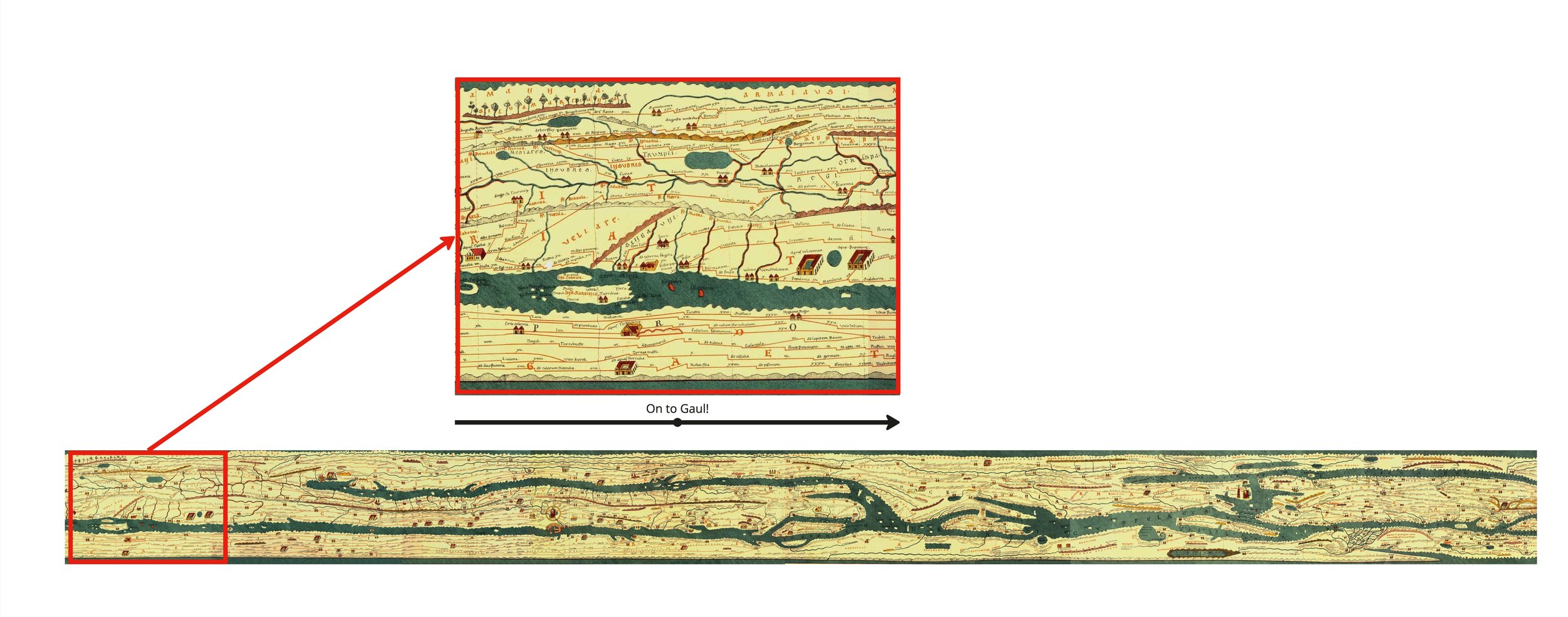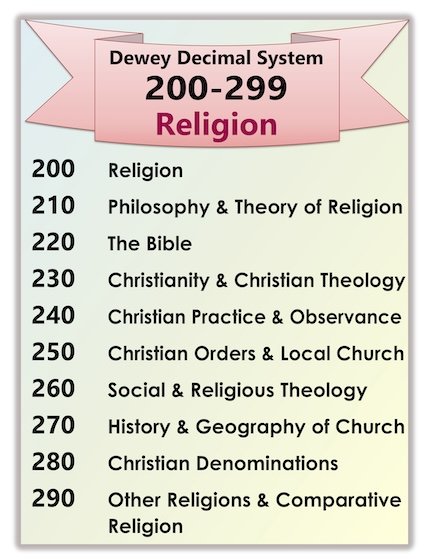Date: April 15th, 2024
Author: Daniel O’Neil
Reading Time: 5 min 35 sec
Taxonomies are the foundation of our online information. Any time you are utilizing a search engine, browsing the search results of an online store, finding a place to eat, or taking advantage of a social media algorithm, you are starting with a structured, hierarchical organization of information – in other words, a taxonomy.
But in order to use a good taxonomy, we have to BUILD a good taxonomy. This turns out to be easier said than done. The issue, in short, is that we build taxonomies that are too general and too big.
Part of the problem here is that the most famous taxonomies of our modern world are enormous, fundamental structures, like the Linnean model of species, or the periodic table of the elements. But these classic structures were carefully considered over a long period of time and, the top level nodes at least, focused on fundamental, largely unchanging things. The great taxonomic examples of our modern world took literally decades to make and are about some of the most fundamental things imaginable.
This is a major difference from the kinds of things we need taxonomies for on the Internet! Taxonomies for most websites have to be flexible, quickly made, focused in use, and relatively small. A truly good taxonomy DOES THINGS and is needed to DO THINGS. In other words, most taxonomies should be created for practical, specific use, like finding a book, describing a series of technical standards, or organizing an e-commerce clothing store.
We're going to share the three major steps for making useful taxonomies that help us map out the world. They are:
Be Necessary and Sufficient
Have a Purpose
Plan for Change.
Be Necessary and Sufficient
The simplest way to reconcile the difference between prototypes and taxonomies is to imagine a taxonomy as a single slice across the world with a narrower focus. This is what maps do to territories, after all. Maps generally don’t comment on the weather or topography of a space, or describe its vegetation in any detail; maps, broadly speaking, restrict themselves to towns, roads, and rivers, because this is what people needed to know when traversing a territory. A useful taxonomy should be seen in the same way.
The epitome of this concept are Roman army maps, which were long scrolls, often twenty feet or more, which simply showed the direct route between cities. There was clearly more around the roads, but the intent of the map was not to show the world, but to traverse it.
Roman army map showing the path from Rome to Gaul with one section expanded. The scroll itself is about twenty feet long and about eight inches wide.
So start with the problem you’re trying to solve, then create a taxonomy to solve it. Useful taxonomies will be necessary and sufficient but not comprehensive. And that is fine. If you can get people to where they need to go to finish the exploration of the territory with your map, you have succeeded.
A good example of this is the signage in most websites. These taxonomies are necessarily limited; there just isn’t enough space to describe the whole range of possibilities on a home page. But the term or terms will help people reach a part of the site where they can orient and do work, even if the full details of what lies beneath the term are not known to them.
Have a Stated, Focused Purpose
So if Taxonomies should be designed with a narrow focus, what should that focus be? Generally speaking taxonomies should be purposeful; that is, created to accomplish some clear task. For example, the Codex Alimentarus, is a way to classify anything that is grown as food, either for people or animals. But as you can see below, that purpose means that a given item might be mentioned three different times:
Different descriptions of Anise in the Codex Alimentarus
That’s okay here, though. This taxonomy is concerned more with how food is processed, stored, and what additives or preservatives it might have. As a result Anise as a FLAVOR is less important than Anise as a thing that is made a particular way. In that way, the purpose of this taxonomy is well focused.
If you wanted to talk about a flavor profile, you might use a different classification system. This article about spices describes a number of different classifications that orient around a spice’s use and flavor instead of how it is made. And that’s okay too! The main point is that each taxonomy is sufficient and focused.
This point of view can be frustrating for folks who want a single canonical source of information. There are two ways to help make this a more palatable approach. The first is to point out that modern data systems are designed to manifest multiple taxonomies from a single major source of information. Thus a data warehouse might create multiple reports (read: taxonomies) from a large pool of information.
The second is to show that data isn’t necessarily LOST in this model, it is just not aggressively classified. Instead of finalizing a large, one size fits all taxonomy, find a model that maps best to the most important use cases, then use attributes to capture information that can't ride in your taxonomy, if necessary, create a supporting, independent taxonomy.
Plan Your Taxonomies As If They are Going to Change
Some of our most beloved taxonomies seem solid as stone: the periodic table, the Linnean Systema Naturae, The Library of Congress. But those taxonomies have actually all changed significantly over time. In fact all three have formal mechanisms for managing their change.
The Library of Congress systems, for example, is recursive – that is to say, it can get more and more detailed by adding numbers or letter-number combinations that allow expansion of key topics and subtopics. The Library of Congress then goes on to allow a third level of classification whose categories are essentially infinite.
If you don’t have this, you end up with things like the quaint but utterly outdated religion section of the Dewey Decimal System:
Dewey Decimal Religion Section
This classification was created in 1876, and its emphasis was probably very good for primary school libraries in most of America. But as a tool to view the larger world it hasn’t kept up, especially as American culture gets more diverse and the nature of religious discussion more complex.
Dewey was describing a national culture, and even that has changed dramatically in a relatively short time. Now, try to imagine a taxonomy for a business today, perhaps one suddenly confronted with the complexity of AI, or the growth of international markets, or even just the introduction of a new innovation or technology such as the smart phone. All the taxonomies that made sense before will have to be addressed. So people who design good taxonomies make allowances for their changes—and create structures for doing so—so that the changes are as simple as possible.
Simple isn’t Easy, But it Can Help
I am not saying that taxonomy creation is a trivial task! Far from it. But it’s important to make the simple things as simple as possible so that you can focus your energy on the things that are hard. In this case make sure you start by planning to make a taxonomy that is
necessary and sufficient,
has a focused purpose, and
can change.
If you start there, your world will get a lot simpler, both in terms of explaining what you want from your taxonomy and how to make it.
How can TUG help people tackle this? We help you figure out what the true WHAT is that your taxonomy should be designed to support. Whether it’s user research to discover your taxonomy’s controlled vocabulary to actual taxonomic design itself, TUG can help you make the complex clear as you build your company’s information foundations.
We would love to have a conversation about your taxonomies and information needs, so drop us a line.



